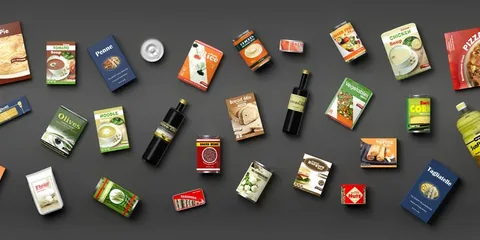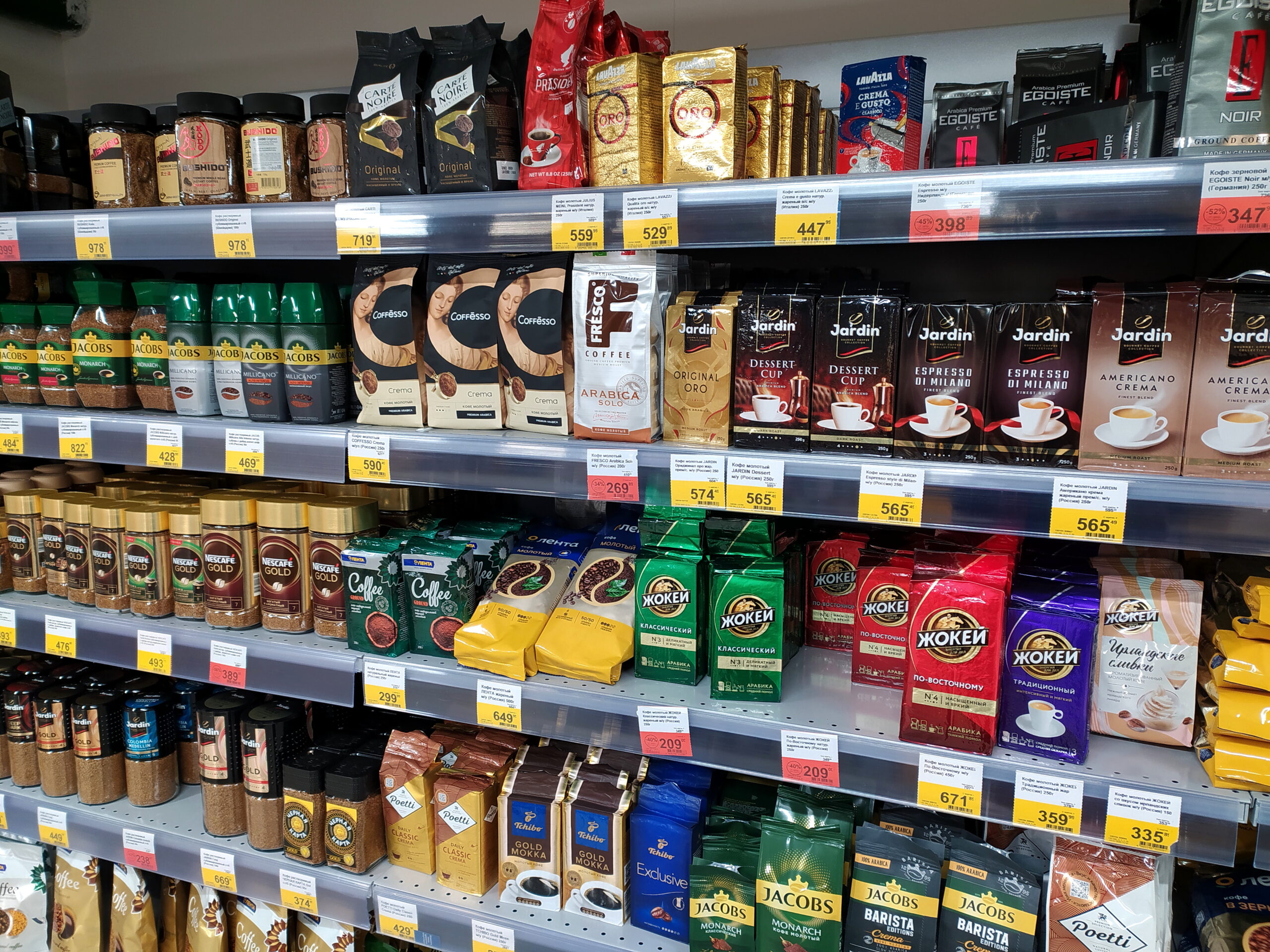In the ever-evolving landscape of packaging, tubed packaged goods continue to be a vital format that combines convenience, hygiene, and product protection. Widely used across sectors such as cosmetics, pharmaceuticals, food, and industrial materials, tubes provide an ideal solution for products that require controlled dispensing and airtight storage.
This article explores the various aspects of tubed packaging, including its materials, applications, advantages, challenges, and latest innovations. Additionally, a detailed FAQ section answers common questions to provide a well-rounded understanding of this packaging format.
What Are Tubed Packaged Goods?
Tubed packaged goods are products contained in a hollow, often cylindrical packaging format known as a tube. Typically made from flexible plastic, aluminum, or laminated materials, tubes are sealed at one end and fitted with a dispensing nozzle and a cap or closure at the other. The design allows consumers to squeeze out a desired amount of the product easily.
Products packaged in tubes usually have a viscous or semi-solid consistency — like creams, gels, pastes, or adhesives — which makes tubes a practical and hygienic packaging choice.
Key Benefits of Tubed Packaging
1. Precise and Hygienic Dispensing
The squeeze-to-use mechanism enables accurate dosing, reduces product waste, and maintains hygiene by limiting direct contact with the product inside.
2. Portability and User Convenience
Tubes are lightweight, compact, and easy to carry, making them ideal for travel and everyday use.
3. Effective Product Protection
Tubed packaging protects the contents from air, moisture, and contamination, which helps prolong shelf life and maintain product efficacy.
4. Branding and Design Versatility
Tubes offer large printable surfaces with opportunities for customization in color, texture, and shape, allowing brands to differentiate their products visually.
5. Cost-Effective Production and Distribution
Compared to rigid containers, tubes are typically less expensive to manufacture, transport, and store due to their lightweight and space-efficient nature.

Materials Used in Tubed Packaging
Plastic Tubes
Made mainly of polyethylene (PE) or polypropylene (PP), plastic tubes are flexible, durable, and economical. They are widely used for cosmetic creams, toothpaste, food pastes, and personal care products.
Aluminum Tubes
Aluminum tubes provide excellent protection from light, oxygen, and moisture. They are common for pharmaceuticals and high-end cosmetic products requiring superior barrier properties.
Laminated Tubes
Laminated tubes consist of multiple layers combining plastic and metal foils, offering enhanced product protection and printability. These tubes balance flexibility and durability, commonly seen in cosmetic and pharmaceutical packaging.
Common Applications of Tubed Packaged Goods
Cosmetics and Personal Care
Products such as facial creams, sunscreens, hand creams, gels, and lotions commonly use tube packaging due to hygiene and ease of use.
Food Products
Condiments like ketchup, mustard, mayonnaise, and bakery decorations such as frosting are packaged in tubes for convenient, mess-free dispensing.
Pharmaceuticals
Topical ointments, creams, and gels benefit from tube packaging that helps maintain sterility and precise dosing.
Industrial Materials
Adhesives, sealants, and other viscous materials use tubes for their ease of application and to minimize waste.
Recent Innovations and Trends
Sustainability Efforts
Manufacturers are increasingly adopting recyclable mono-material tubes, biodegradable plastics, and refillable tube systems to reduce environmental impact.
Smart Packaging
Airless tubes, tamper-evident closures, and user-friendly dispensing designs enhance product preservation, safety, and ease of use.
Aesthetic Customization
Brands are focusing on tactile finishes, unique shapes, and advanced printing techniques to stand out on shelves and improve consumer engagement.
Challenges in Tubed Packaging
- Recycling Complexity: Multi-layer tubes are difficult to recycle, though mono-material tubes are improving this aspect.
- Material Compatibility: Certain products require specialized tube linings to prevent chemical reactions.
- Manufacturing Costs: High-barrier and premium printed tubes can increase production expenses.
FAQs About Tubed Packaged Goods
Q1: What types of products are suitable for tubed packaging?
A: Products with viscous, pasty, or semi-solid consistencies such as creams, gels, ointments, adhesives, and food pastes are best suited for tubes.
Q2: Are tubes recyclable?
A: Tubes made from single plastic materials or aluminum are recyclable, but laminated tubes present recycling challenges. Innovations in mono-material tubes are making recycling easier.
Q3: How do tubes maintain product freshness?
A: Tubes protect the product from exposure to air, moisture, and contaminants, reducing oxidation and microbial contamination, thus preserving freshness and efficacy.
Q4: Can tubed packaging be resealed?
A: Yes, most tubes come with screw caps, flip-top caps, or other closures that enable resealing to maintain product quality.
Q5: What are airless tubes?
A: Airless tubes dispense product without letting air back into the container, extending shelf life and preserving sensitive formulations.
Q6: How should I dispose of a tube with leftover product?
A: Squeeze out as much product as possible and rinse if required by local recycling guidelines before disposing or recycling.
Q7: Are aluminum tubes better than plastic tubes?
A: Aluminum tubes provide superior barrier protection but are less flexible and usually cost more. Plastic tubes offer flexibility and are more economical.
Conclusion
Tubed packaged goods play a crucial role in the packaging ecosystem by offering a practical, hygienic, and cost-effective solution for a broad range of products. Their ability to combine convenience with strong product protection has made them indispensable in cosmetics, pharmaceuticals, food, and industrial sectors.
As the demand for sustainable packaging grows, the industry is innovating with new materials and designs that enhance recyclability and user experience without compromising product integrity. Tubed packaging’s adaptability and functionality will ensure its continued relevance and popularity for years to come.
Whether you are applying your daily moisturizer, using a topical medication, or dispensing an adhesive, tubed packaged goods make the process easier, cleaner, and more efficient — a small package delivering big benefits
More Info: masterfxstrategies

